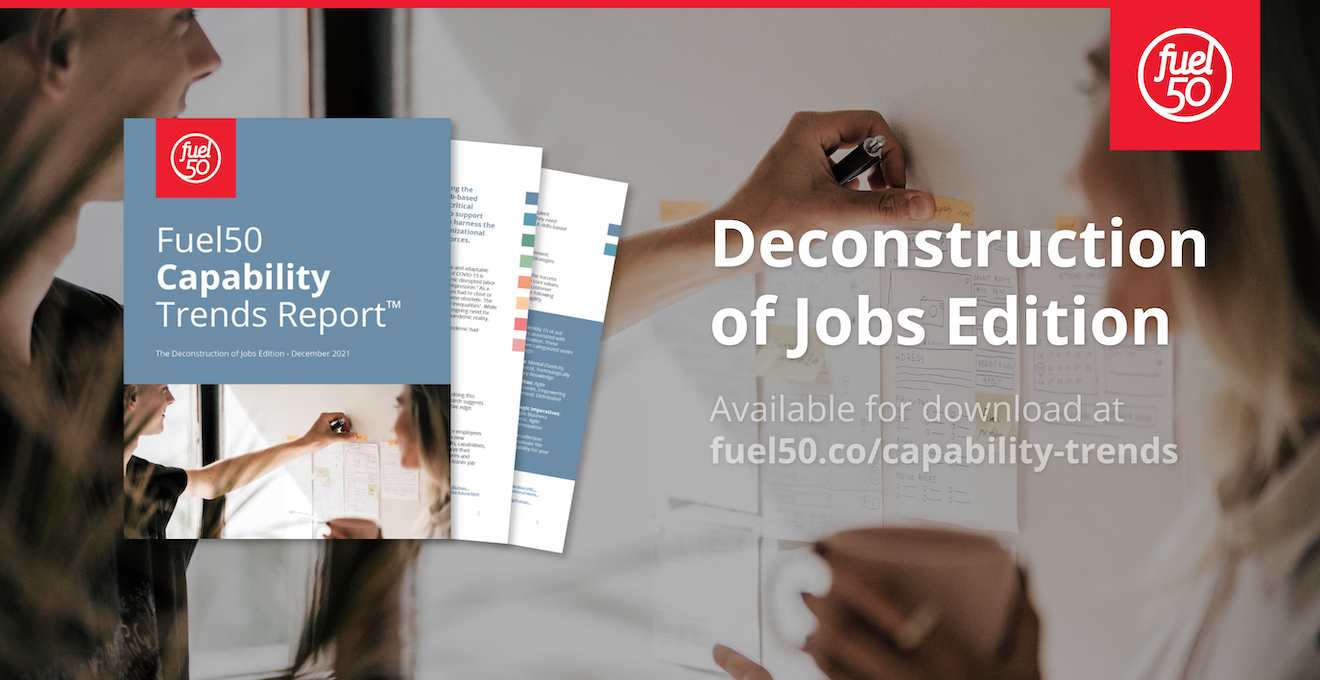The way organizations have been accessing their talent has been shifting over the last few decades.
- Some organizations grow and develop talent internally (Build)
- Others acquire talent through external hiring or mergers/acquisitions (Buy);
- Some also encourage internal mobility programs, connections, internal and external networks (Bridge);
- And, others augment current human talent and capabilities with technology (Bolster).
What’s next? Are we shifting to “Borrowing” Talent? According to HR literature and many thought leaders, the concept of “the Alternative Workforce” has gone mainstream.
What is the Alternative Workforce?
Traditionally referred to as contractors and freelancers, the Alternative Workforce includes outsourced workers, temporary (flex) workers, gig workers, online platform workers, former employees, returning retirees, and outsourced networks.
In his 2020 report The Alternative Workforce: Not So Alternative Anymore, Josh Bersin’s research found that the Alternative Workforce makes up more than a third of the global workforce and is growing. So in essence, progressive organizations have both an internal and external talent pool that they manage, develop and draw on to drive organizational success. Leveraging the alternative workforce can help organizations evolve beyond traditional employment models and prepare for the workforce of the future.
The Alternative Workforce presents a solution to critical skills shortages enabling organizations to access these skills on-demand and in a more flexible, efficient way.
Why are we seeing the emergence of the Alternative Workforce?
With the rise in job vulnerability, due to automation, skill shortages, and changes in the marketplace, organizations need to re-look at how they view and manage their talent to remain at the forefront of these disruptions.
A large portion of the alternative workforce consists of professionals, industry experts, highly skilled technical workers, management professionals, and skilled niche workers. The Alternative Workforce provides an opportunity for organizations to access scarce or specialized skills when needed. It also enhances organizational agility, enabling the flexibility to scale up or down quickly.
Organizations who get it right see the benefits of increased productivity, reduced office space, wage cost reduction, and ultimately, increased organizational performance. Robert Bosch GmbH has illustrated this concept by creating a subsidiary, Bosch Management Support GmbH, to manage its alternative workforce.
Not only does the Alternative Workforce benefit organizations, but individuals are citing increased job satisfaction and engagement due to the ability to work independently across an array of ever-changing projects.
Studies show that the primary reasons employees leave full-time employment to work independently center around autonomy and freedom. Alternative workers prefer flexible work schedules, increased work-life balance, and telecommuting over traditional employment. Having control over the type of work they do, allows alternative workers the freedom to access opportunities that may not have been available in permanent employment positions. Furthermore, the workforce of the future prioritizes and embraces unique career paths that do not fit into traditional employment structures.
Research shows that by 2027, as much as half of the U.S workforce will be comprised of alternative workers. This means that organizations that want to adapt, prepare for the future, and enhance their competitive edge, will need to evolve their talent strategies to leverage the Alternative Workforce.
According to a study by Deloitte, organizations are currently managing the Alternative Workforce transactionally and not strategically, with only 28 percent of organizations expressing readiness to address this challenge.
What can we learn from how successful organizations are managing their Alternative Workforce?
It is increasingly important for organizations to engage, manage and develop this valuable external talent pool. Studies show that organizations can address this challenge by developing strategies to build and manage their Alternative Workforce around three key themes: Talent Acquisition, Integration and Alignment, Growth and Development.
Some ways in which high performing organizations are doing this include:
- Recruiting strategically by taking ownership of the talent acquisition process rather than outsourcing it. This can be achieved by building a database of alternative workers, leveraging talent networks, and changing the messaging of recruitment efforts to align with the needs of alternative workers.
- Developing inclusive cultures in which alternative workers feel welcomed, can connect, and belong. Most organizations can seamlessly integrate alternative workers into existing communication and collaboration processes, however, there are typically restrictions around information sharing and social elements like team meetings and team building. High-performing organizations are adopting inclusive cultures to enhance the integration of alternative workers into the organization. This includes a focus on creating digital collaborative workspaces to ensure remote workers are equipped with technology that enables access to internal networks and communication tools.
- Integrating vendor management systems (VMS) with human capital management systems (HCM) to centralize employee data. Typically, alternative worker data is centered around contracts and payments, however integrating this data into HCM systems, gives organizations a holistic picture of the composition of their workforce, including both permanent and alternative workers. This also allows greater insight into the skills of their workforce.
- Providing career planning, coaching, and personalized learning and development opportunities. High-performing organizations have shifted to utilizing AI-driven career development platforms to connect people to opportunities that interest them and align with their aspirations and passions. Bringing the Alternative Workforce into the organization’s talent marketplace not only enables access to critical skills and solves re-skilling challenges, but significantly contributes to the engagement of alternative workers.
The Alternative Workforce will be a continued source of critical talent. If organizations want to capitalize on this talent pool and secure their competitive advantage, they should incorporate the Alternative Workforce into their larger talent strategy.
Written by Fuel50’s Workforce Architecture team
Fuel50’s dedicated team of Workforce Architects and Industrial and Organizational Psychologists feed the Fuel50 Talent Ontology, train our ethical AI with Diversity, Equity, and Inclusion design principles at heart, and support best-in-class organizations using Fuel50 to transform and future-proof their talent strategy and workforce architecture.







